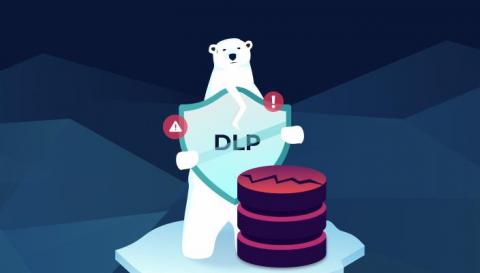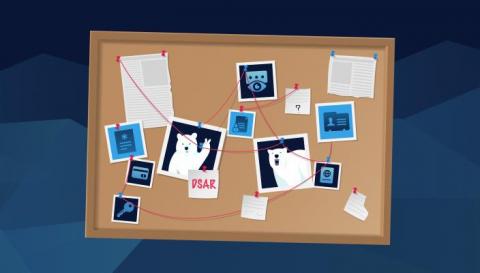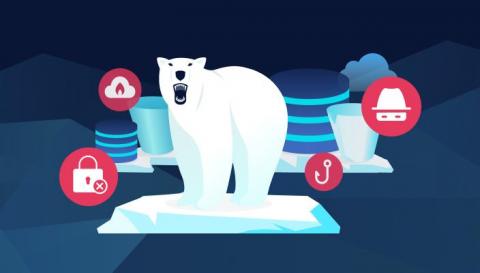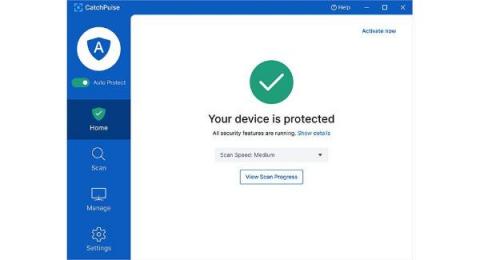DLP Approach for The Cloud is Broken: Here's Why and How to Solve It
Data Loss Prevention (DLP) is one of the long-standing and more traditional approaches to securing enterprise data. It can be either network or endpoint-based, each having their own unique benefits and challenges. DLP technologies have traditionally been prone to false positives, and as such, some of their best use-cases are for controlling very predictable and structured content in very specific situations.











